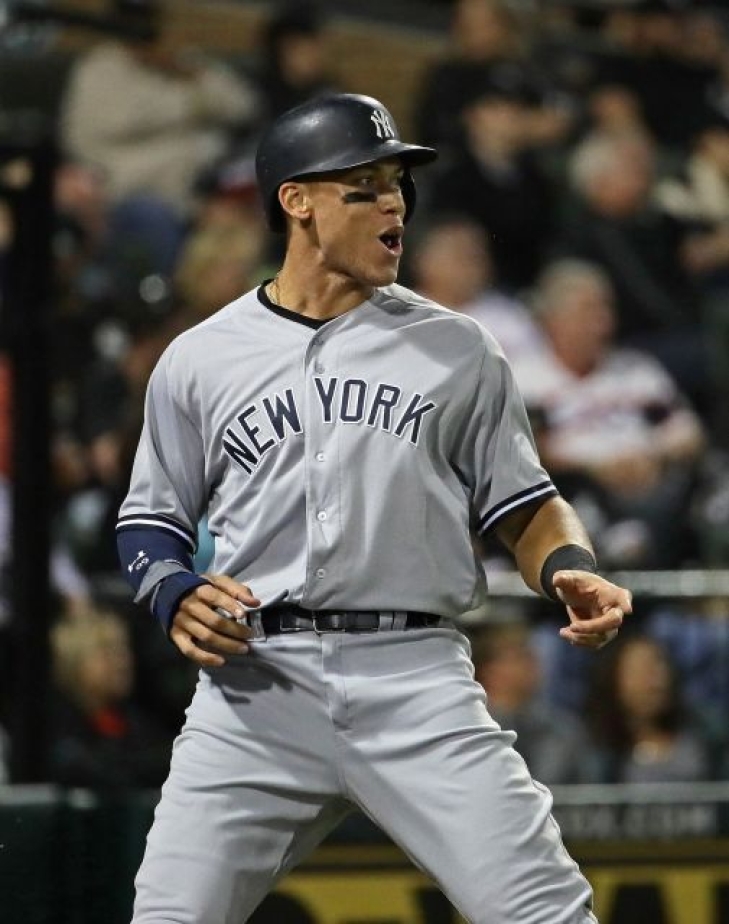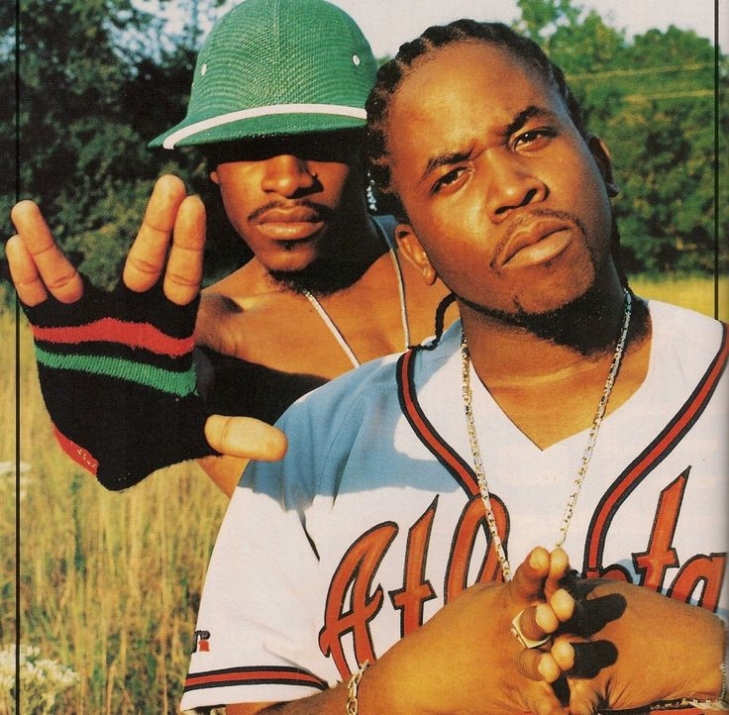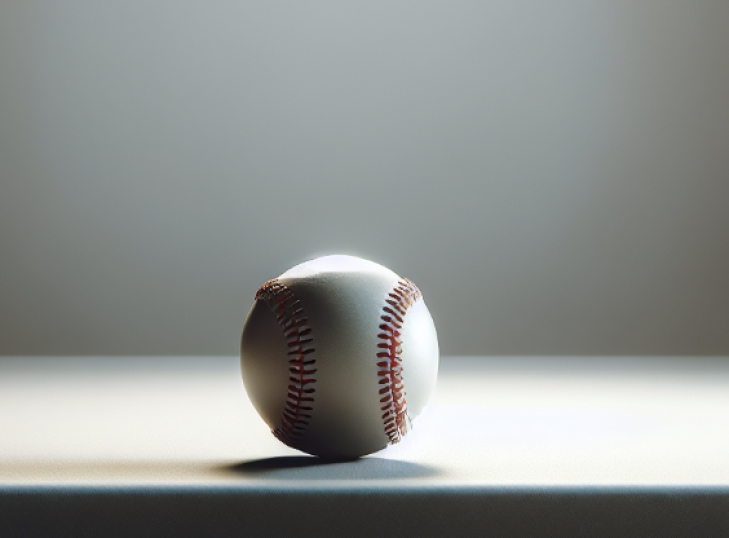
Committee Chairman
NIHOF MLB 2025 Cup Standings: Week 4, APR 28
It is with great pleasure that we are bringing back the Notinhalloffame MLB Regular Cup, and let us explain how this works:
For every regular-season game, we anointed the best five players with descending points, 5-4-3-2-1.
We know the following:
- The top players for the MLB NIHOF Cup are not always the best in the league, as injuries keep players out of games, and a premium on staying healthy can help pile up points. It also does not hurt to be a top player on an average or mediocre team, as they can amass Cup points more easily than elite players on loaded squads.
- In Baseball, it is more common than in Basketball and Hockey for a player to accrue points with a single Home Run in a game, which favors position players. Starting Pitchers have a hard time with approximately 30-35 Starts and throwing fewer innings than previous generations. This is also true for closers not made for this process.
- Please remember that this is NOT necessarily who we think were the best players this year and does not reflect overall consistency. Treat this the way we did: as a fun process and more of a compilation of temporary statistical domination.
Here is the current top ten after games concluded on April 28.
1. Pete Alonso, New York Mets: 54 Cup Points in 29 Games. (#1 Last Week). 1.7 bWAR, 20 Runs, 35 Hits, 6 Home Runs, 27 Runs Batted In, .337/.453/.635 Slash Line, 1.088 OPS & 210 OPS+.
2. Fernando Tatis Jr., San Diego Padres: 44 Cup Points in 27 Games. (#2 Last Week). 2.4 bWAR, 24 Runs, 36 Hits, 8 Home Runs, 18 Runs Batted In, .346/.415/.625 Slash Line, 1.040 OPS & 189 OPS+.
3. Aaron Judge, New York Yankees: 43 Cup Points in 29 Games. (#4 Last Week). 2.5 bWAR, 25 Runs, 45 Hits, 8 Home Runs, 28 Runs Batted In, .405/.496/.703 Slash Line, 1.199 OPS & 241 OPS+.
4. (TIE) Corbin Carroll, Arizona Diamondbacks: 38 Cup Points in 28 Games. (#3 Last Week). 1.7 bWAR, 25 Runs, 37 Hits, 9 Home Runs, 23 Runs Batted In, .308/.376/.667 Slash Line, 1.043 OPS & 184 OPS+.
4. (TIE) Francisco Lindor, New York Mets: 38 Cup Points in 28 Games. (Not in the Top Ten Last Week). 0.8 bWAR, 20 Runs, 34 Hits, 5 Home Runs, 14 Runs Batted In, .304/.367/.473 Slash Line, 0.840 OPS & 140 OPS+.
6. Tyler Soderstrom, The Athletics: 35 Cup Points in 29 Games. (Not in the Top Ten last week). 1.1 bWAR, 20 Runs, 32 Hits, 9 Home Runs, 24 Runs Batted In, .291/.358/.582 Slash Line, .940 OPS & 164 OPS+.
7. (TIE) Spencer Torkelson, Detroit Tigers: 34 Cup Points in 28 Games. (#5 Last Week). 1.1 bWAR, 20 Runs, 26 Hits, 8 Home Runs, 24 Runs Batted In, .245/.349/.547 Slash Line, .896 OPS & 156 OPS+.
7. (TIE) Lars Nootbar, St. Louis Cardinals: 34 Cup Points in 28 Games. (Not in the Top Ten Last Week). 1.5 bWAR, 19 Runs, 29 Hits, 4 Home Runs, 17 Runs Batted In, .271/.405/.430 Slash Line, .834 OPS & 136 OPS+.
9. (TIE) Josh Naylor, Arizona Diamondbacks: 33 Cup Points in 28 Games. (#7 Last week). 0.8 bWAR, 15 Runs, 34 Hits, 4 Home Runs, 19 Runs Batted In, .318/.388/.505 Slash Line, .893 OPS & 147 OPS+.
9. (TIE) Teoscar Hernandez, Los Angeles Dodgers: 33 Cup Points in 27 Games. (Not in the Top Ten Last Week). 1.0 bWAR, 16 Runs, 29 Hits, 9 Home Runs, 27 Runs Batted In, .274/.291/.585 Slash Line, .876 OPS & 144 OPS+.
Chicago (NL)’s Josh Naylor, Kansas City’s Bobby Witt Jr., Philadelphia’s Bryce Harper, San Francisco’s Matt Chapman & Seattle’s Cal Raleigh fell off the top ten.
Of note, 690 baseball players have obtained at least 1 point. This is up from 627 last week.
The Rock and Roll Hall of Fame names its 2025 Class
On this evening’s American Idol, the Rock and Roll Hall of Fame announced the 13-person class of 2025.
As always, it is a mixed bag of genres and generations, and entries we did not see coming.
That’s the Rock Hall for you.
Here are the incoming members of the Rock Hall:
Entering via the traditional vote:
Bad Company: The Classic Rock group had multiple hits in the 1970s and early 80s and were inducted on their first ballot, though they have been eligible since 1997.
Chubby Checker: Best known for the “Twist”, Checker has been eligible for the Hall since its inception in 1986, but was never nominated until this year.
Joe Cocker: Like Bad Company and Checker, Cocker is inducted on his first attempt but never received a nomination until decades after first being eligible.
Cyndi Lauper: Lauper shot to fame in the mid-80s and enters Cleveland on her second nomination. She was first eligible in 2009.
Outkast: The influential duo from Atlanta also entered on their first try, though they have only been eligible since 2019.
Soundgarden: The third time is the charm for the Seattle band that was previously nominated in 2020 and 2022.
The White Stripes. Jack and Meg White become Rock and Roll Hall of Famers on their second attempt, the first coming in 2023.
Billy Idol, Joy Division/New Order, Mana, Mariah Carey, Oasis, and Phish did not make the cut.
Also entering the Hall are Warren Zevon and Salt-N-Pepa, who enter via the Musical Excellence category, which, bluntly is a way for the Hall to bypass the committee. Zevon was previously nominated in 2023, and Salt-N-Pepa has never been on a ballot. They also selected producer Thom Bell, pianist Nicky Hopkins and bassist Carole Kaye. The final inductee is Warner Bros. Executive Lenny Waronker.
Next month, we will begin revisions on our Notinhalloffame Rock list.
We here at notinhalloffame.com would like to congratulate the newest members of the Rock and Roll Hall of Fame.
The impact of Hall of Fame exclusions on baseball legends
Baseball's Hall of Fame is a prestigious honor that many players aspire to, yet not all deserving athletes receive this recognition. This article explores the implications of these exclusions on the sport and its history.
The Hall of Fame serves as a testament to the achievements of baseball's greatest players, but the selection process often leaves out individuals who have made significant contributions to the game. As the sport evolves, so do the criteria for induction, leading to debates over who truly deserves a place in Cooperstown. Modern trends in sports culture, such as the rise of digital platforms, highlight how the game continues to engage new audiences, ensuring its legacy endures. Understanding these dynamics is crucial for appreciating the broader impact of Hall of Fame exclusions. Additionally, platforms like vegasslotsonline no deposit bonus offer fans new ways to interact with the sport, further enriching the experience.
Notable players who remain unrecognized
Several baseball legends have yet to be inducted into the Hall of Fame, despite their impressive careers. Lou Whitaker, for example, is often cited as a player whose contributions have been overlooked. His consistent performance and leadership on the field are comparable to those of many inducted players, yet he remains outside the Hall. This exclusion raises questions about the criteria used for selection and whether they adequately reflect a player's impact on the sport.
Examining the careers of these overlooked players reveals a pattern of undervaluing certain achievements. While statistics play a significant role in the selection process, intangible qualities such as leadership and clutch performance are often harder to quantify. These elements, however, are crucial to a player's legacy and should be considered alongside traditional metrics. Recognizing these players would enrich the narrative of baseball history, ensuring a more comprehensive representation of the sport's diverse talents.
The debate over these exclusions underscores the need for a more inclusive approach to Hall of Fame selections. By acknowledging the varied paths to greatness, the Hall can honor a broader spectrum of contributions, enhancing its role as a custodian of baseball's rich history.
Complexities of the Hall of Fame voting process
The Hall of Fame voting process is complex and often criticized for its lack of transparency. Voters weigh factors such as career longevity, peak performance, and personal accolades differently, leading to inconsistencies in selections. While statistical achievements are crucial, other elements like character and sportsmanship also influence decisions, adding layers of complexity to the process.
Understanding the intricacies of this process is essential for appreciating the challenges faced by voters. Eligibility criteria, including waiting periods post-retirement and vote thresholds, are just the beginning. A player's induction can hinge on broader narratives shaped by media and public sentiment, which can vary over time. Critics argue for more standardized metrics to ensure fairness and transparency, allowing for a more equitable evaluation of candidates.
Reforming the voting process could provide a clearer pathway for deserving athletes, acknowledging the evolving nature of baseball analytics and appreciation. Until then, the debate over who deserves a place in the Hall of Fame continues to engage fans and experts alike, highlighting the passion and complexity inherent in preserving the sport's legacy.
Modern sports culture and its influence
Digital platforms have transformed how fans engage with baseball, offering new ways to explore the sport's history and its legendary figures. Websites and promotions, such as those found on online gaming platforms, capture the attention of new generations by integrating interactive elements into traditional sports narratives. These platforms provide fans with diverse ways to experience baseball beyond attending games or watching broadcasts.
The accessibility of information through online channels has democratized access to detailed statistics, player biographies, and historical contexts. This fosters a deeper appreciation for both current stars and unsung heroes who might have been sidelined by mainstream narratives. Social media further amplifies voices advocating for the inclusion of underappreciated athletes in esteemed circles like the Hall of Fame.
As technology bridges gaps between eras, it champions comprehensive representation within beloved sports institutions. This modern engagement ensures that baseball's legacy continues to resonate with audiences worldwide, preserving its rich history for future generations.
How is Machine Learning Used in Game Development?
We live in a time when machine learning is revolutionizing all facets of game development. It makes games more fun, realistic, and challenging by adding intelligent AI to games. Today, machine learning is helping developers take games to the next level, from smarter enemies to better game design.
Smarter Non-Player Characters (NPCs)
One of the main games where machine learning is being used is to better simulate how non-player characters behave. The NPCs followed fixed rules in older games. Every time, they’d repeat the same actions. However, with machine learning, they can learn from the player's actions.
For instance, an enemy will change its strategy depending on how the player plays. It makes the game more exciting and fresh. The players feel like they are getting to play real opponents instead of 'safe' developers they can predict.
Personalizing Player Experience
Games are adjusted with machine learning according to each player’s style. The game can provide more adventure missions if a player loves exploring. Extra combat levels can be indicated if someone likes action. It is more fun and more attractive for various types of players.
So it also helps with difficulty adjusting. If a game is too easy, some players get bored. Some others become frustrated when it’s tough. Machine learning allows the game to adapt, and the difficulty changes based on how much the player can accomplish.
Better Graphics and Animation
Furthermore, machine learning has its own role in improving how the games look. It speeds up creating realistic environments and making smoother animations. Machine learning is employed by developers to optimize character movement, facial expressions and action flow.
Actually, it can even help make old games look better. With machine learning, low resolution textures are upgraded to high-resolution ones. Remastered games become more detailed and sharper without having to do a full redo.
Improving Game Testing
Machine learning speeds up and optimizes game testing. With multiple game runs in flight, AI bots can find mistakes fast, quickly reducing the manual work (and time) it takes to find them.
- It finds bugs and performance problems early.
- It identifies some areas where players get stuck.
- Tests balance and difficulty settings
This automation saves time and effort for everyone so you can have an easier, seamless experience while playing.
Predicting Player Behavior
The use of Machine learning allows developers to understand how a player interacts with a game. It also predicts player actions and preferences by analyzing huge sets of data. And it is more engaging and more personalized gameplay.
- It helps in identifying when players might lose interest.
- Enables one to improve difficult or confusing areas.
- Suggests in-game rewards or content
These give developers a better idea of what to update and help improve player satisfaction. And this tech is also used to offer rewards and bring people back. Machine learning is a wonderful way to find exclusive gaming offers that can best match your game style or the progress you have made so far.
Creating Dynamic Game Content
This automatic creation of new game content takes place with use of machine learning as well. Furthermore, it has the capability of creating levels, stories, or even quests using the player’s past gameplay. It helps in creating a more dynamic experience on every play.
Games start to become less repetitive and more personalized. It’s fresh and exciting even after hours of playtime.
Games are being made and played differently with machine learning. Games become smarter, smoother and more personal. Future gaming experiences will become more advanced with the advancement of technology.





